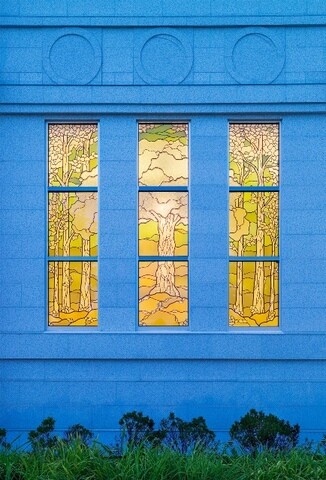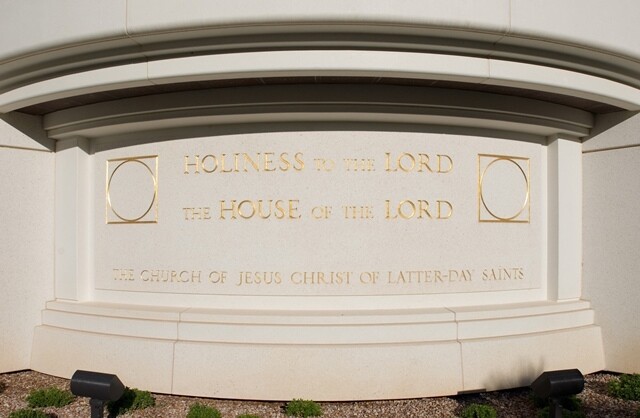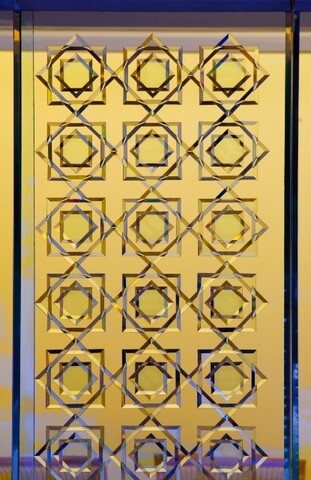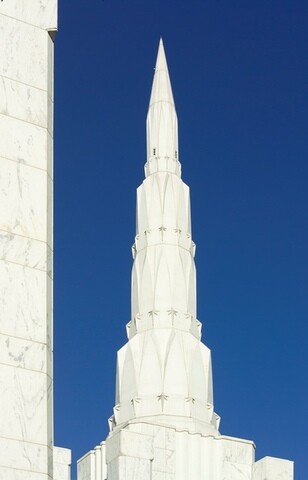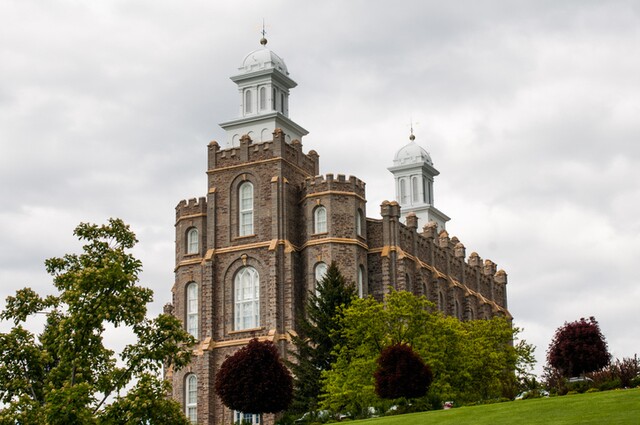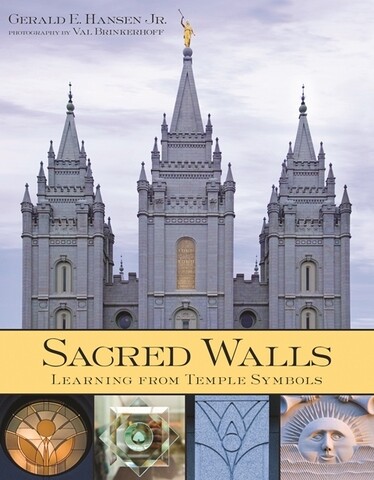
The symbols in the temple are left to our own interpretation, with help from the Spirit. But occasionally there are special symbols incorporated into the exterior design of each edifice that have traditional, historical meaning— symbols that, once understood, can enhance our spiritual experience during our temple visits. Here are just a few. For more, check out Sacred Walls: Learning from Temple Symbols.
Squared Circle
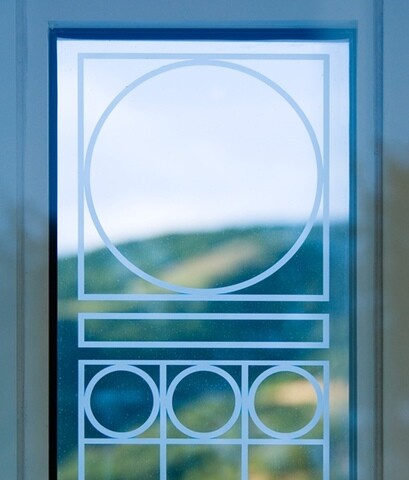
Photo of the Bountiful Utah Temple
Featured on the outside of many temples, this symbol has stood for centuries as the connection between God and man, with the circle representing the dome of heaven and the square representing the four corners of the earth. It reminds us of our purpose—to meet with God in His holy house—and that human beings are mortal with the potential to become divine if they join with God through “at-one-ment” and covenants. As one of the most common symbols, the squared circle design is found on temples throughout the world, from the U.S., Australia, and Canada to Brazil, Mexico, and Japan.

Photo of the Las Vegas Nevada Temple
Eight-Pointed Star

Photo of the Salt Lake Temple
An old Christian symbol, eight-pointed figures typically signify resurrection and spiritual rebirth. This comes from the idea of a spiritual creation that occurred on the imaginary eighth day, after the seven days of physical creation. On LDS temples, they represent the need for all patrons to change from fallen mortals to sanctified, celestial beings by being reborn through Christ and the Resurrection (see Mosiah 27:25).

There are over 10,000 of these eight-pointed figures on the San Diego California Temple.
Tree of Life
Like the temple endowment, Lehi’s vision represents man’s journey back to the presence of God. The tree of life symbolizes the completion of our journey.
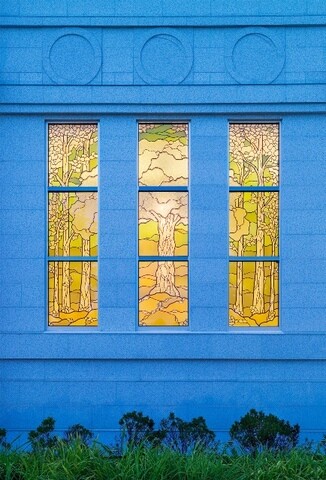
Photo of the Palmyra New York Temple
The beautiful stained glass depiction of the tree of life in the celestial room of the Palmyra New York Temple has 12 fruits on it—a number that symbolizes (1) the union of the temporal with the spiritual, (2) that the priesthood of God administers the ordinances of exaltation, and (3) the gathering of the tribes of Israel.
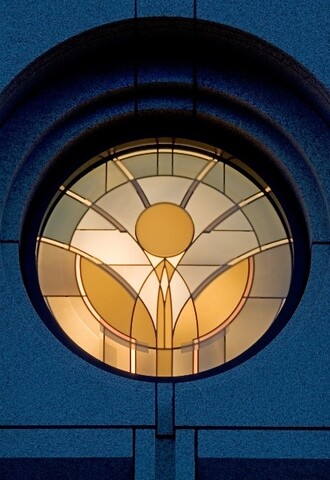
Photo of the Boston Massachusetts Temple
This tree of life symbol is found throughout the Boston Massachusetts Temple and represents the healing power of the Atonement and the love of God.
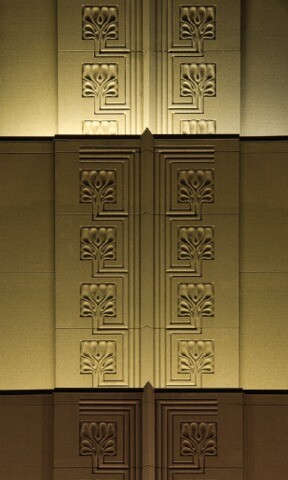
Photo of the Oakland California Temple
Another version of the tree of life symbol, this motif ascends up the towers of the Oakland California Temple, leading to the spires—again symbolic of a journey to God’s presence.
Spires
Present on most temples, spires raise our sight to God and encourage us to aspire to become like Him.

Photo of the Oakland California Temple
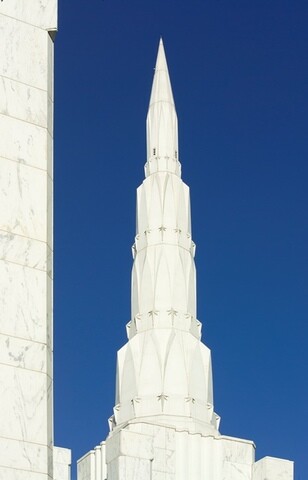
Photo of the Portland Oregon Temple
Lead photo from Getty Images. All other images courtesy of Val Brinkerhoff
For a more in-depth look at how these outward symbols relate to the inward ordinances of the temple, check out Sacred Walls: Learning from Temple Symbols, available at Deseret Book stores
and deseretbook.com.






